I was very skeptical about cloud storage when I debuted Dropbox, which popularized the idea for casual users. Of course, back then, the world was not as connected to the internet as it is today, plus storage restrictions were stricter and synchronization algorithms were not as reliable..
Cloud storage has come a long way since then, and I admit that they have greatly improved my life. Because not only makes all files available no matter what device I use, but it also acts as a backup storage.
So which service should you use? It depends on your needs: total storage, platform availability, system integration, etc. I don’t think you can go wrong with the three major platforms, but I’ll give you a comparison (as well as a description of a few lesser known alternatives). This is not a rating, but a simple list with the merits and demerits of each service..
Dropbox
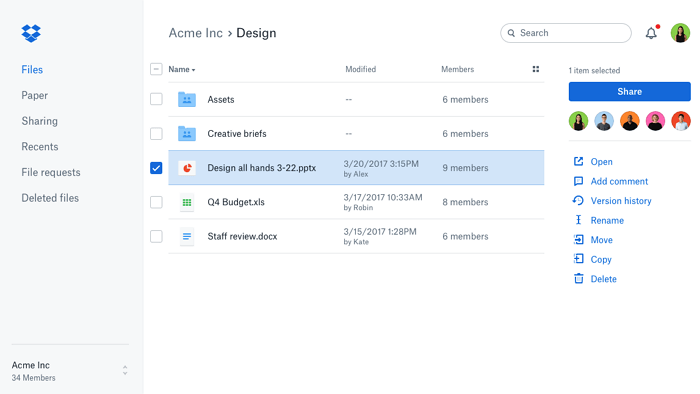
Launched in 2007, Dropbox has earned forever the respect for bringing cloud storage to the masses. Who knows how we would share files between PCs, laptops, smartphones and tablets without it. By email? Or through personal FTP servers? I don't even want to think about it.
The former is rarely the best, but Dropbox is one example where it does. Yes, Dropbox has never been perfect. Yes, it has gone through periods where file syncing proved to be problematic. But at the time of this writing, I couldn't remember the last time Dropbox let me down. It just works and I appreciate it..
It should be noted that Dropbox can be automated in various ways through IFTTT, which saves you time. As far as convenience is concerned, I can't think of any other service that would be just as easy to use.
All known desktop and mobile platforms are supported. Once you start editing the test file on your computer, you can easily continue working with it on your phone. The file size is not limited as long as it is uploaded via the program. There is 256-bit AES and SSL / TLS encryption, file version history, sharing links, device deletion, Dropbox Paper collaboration, and Microsoft Office 365 integration.
Google drive
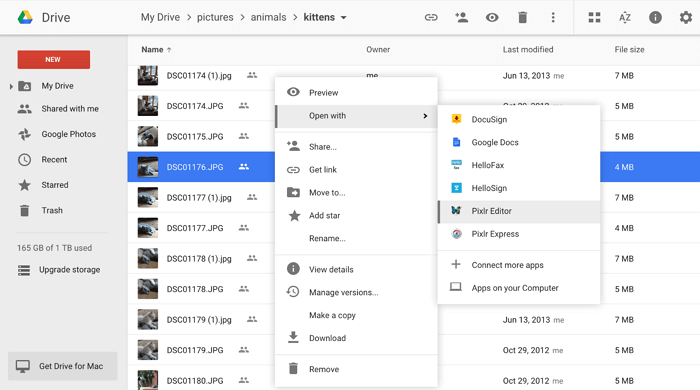
Launched in 2012, Google Drive is the second most popular cloud storage. If only because it integrates with many other services of the search giant and is installed on all new Chromebooks. But the truth is, even if Google hadn't forced Drive on me, I probably would have used it anyway.
If your office suite from Google is the main tool for working with documents and spreadsheets, then we recommend using this particular cloud service. After all, the files for Docs and Sheets are stored in Google Drive by default. You can extend it with plugins and tools that increase productivity.
There is, of course, a huge drawback: Do you trust the company with your data? Are you sure he won't give or sell them? And even if the company doesn't, does it bother you that Google knows so much about you and your internet habits?
Google Docs files can contain up to 1.02 million characters, tables up to 2 million cells. Presentations can be up to 100 MB. For all other file types - up to 5 TB per file.
Uses SSL / TLS encryption, has file version history, invites other users to comment or work on any of your files, download Gmail attachments directly to Drive, search for text in images and scanned documents, search for images using text descriptions.
OneDrive

When it comes to note-taking apps, OneNote is the best option currently available, especially if you don't want to pay a single cent. It is a completely free tool and none of its features are blocked by paywalls or subscriptions. All your notes are backed up to OneDrive.
OneDrive , launched in 2007 and formerly known as SkyDrive, is Microsoft's intervention in cloud storage. While OneDrive is by no means a bad thing, there are only two scenarios where I would recommend it over Dropbox or Google Drive: you already pay for Office 365, in which case OneDrive is included, or you want more storage than Dropbox.
The file size is limited to 10 GB. There's PFS encryption, file or folder sharing, selecting folders or subfolders to sync, searching for text in images and scanned documents, and real-time collaboration on Word, Excel, PowerPoint, and OneNote files via their respective web versions.
Box
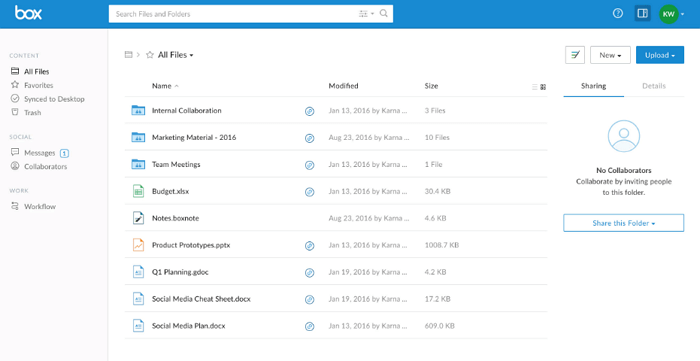
Box offers a generous 10GB of free storage. The downside is the 250MB size limit for individual files, which doesn't really matter if you don't want to store large videos. You can expand it up to 100GB of storage and a 5GB limit for each file for $ 10 per month. But in this case, it is more profitable to use Dropbox, Google Drive or OneDrive.
iCloud
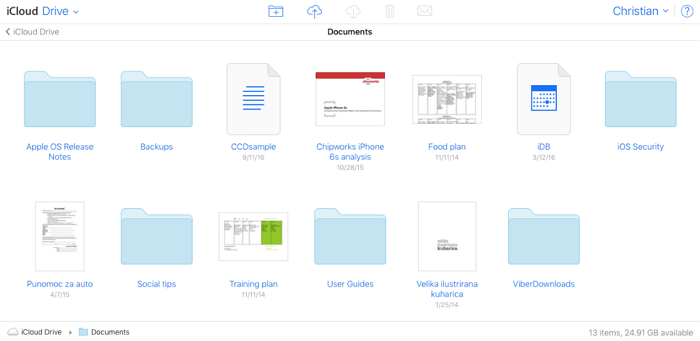
iCloud Drive is preferred for those deeply embedded in Apple's system. It comes standard on any device running iOS 8 / later and OS X Yosemite (10.10) / later. Free users automatically start with 5GB of storage, but you can upgrade storage to 50GB, 200GB, 1TB, or 2TB for $ 1, 3, 10, and $ 20 per month, respectively.
SpiderOak

SpiderOak is best used if your primary concern is privacy and security. Its connections and data are encrypted using a combination of 256-bit AES and 2048-bit RSA. You can get 100 GB for $ 5 / month, 250 GB for $ 9 / month, or 1 TB for $ 12 / month. There is no free option.
Amazon Drive
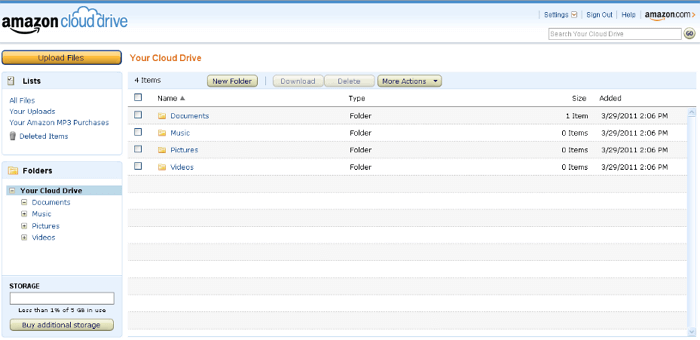
Amazon Drive is one of the many benefits of an Amazon Prime subscription. As a Prime user, you get unlimited photo storage and 5GB for all other file types. You can upgrade to unlimited storage for $ 60 per year. No other service offers unlimited storage, so the offer is worth considering.
If you don't trust anyone but yourself, you can set up your own cloud storage using ownCloud, a free and open source storage solution. However, such a solution requires a lot of technical skills. Another option is to set up a NAS device that is a cross between external storage and cloud storage.